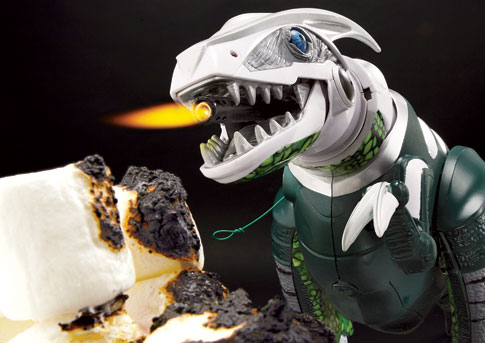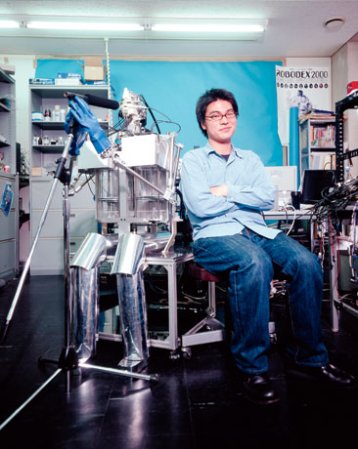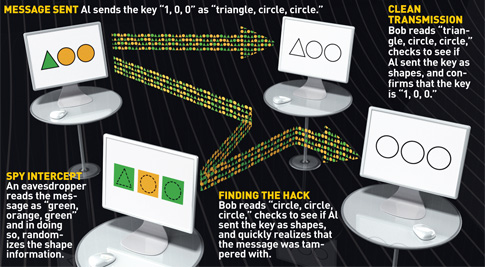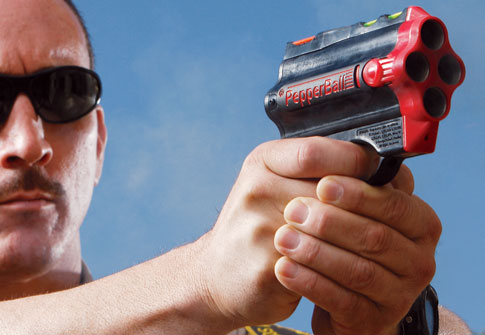

See below for a video from the test, and click here for a photo gallery.
Ace spelunker/space-hopeful Bill Stone, profiled in PopSci´s February issue, completed the initial field test of DepthX, his autonomous underwater robot, this week in the state of Tamaulipas, Mexico. If you´ve read the
target=”_blank”>article, you´ll know that the idea is to work the kinks out of this ´bot so that it might later become a model for systems that could be used to explore one of Jupiter´s moons, Europa, which is covered in ice but believed to be home to a subterranean sea.
After a bit of drama at the border (they were hauling a giant ovoid robot in a flatbed truck, after all), Stone´s team arrived in Mexico and camped out at Rancho la Azufroza, where they spent several days assembling the robot and testing DepthX´s sighting and maneuvering capabilities in an underwater cave called La Pilita.
The ´bot plunged to a depth of about 300 feet, captured images here and video [see below], and built a 3-D map of the cenote while the team tracked its functions remotely, from an above-ground computer screen. They collected data and some samples from the floor of the cave and confirmed that everything was in working order-overall, a grand success. [Read a complete account of the trip on Stone´s blog, target=”_blank”>here.
Next month we´ll cover part two of the testing mission, and then in May, the most ambitious expedition, in which DepthX will attempt to autonomously navigate to a depth of more than 1,000 feet in Zacaton, the world´s deepest sinkhole. View a slideshow of images from the most recent mission here, and watch a video of the adventure below.

























